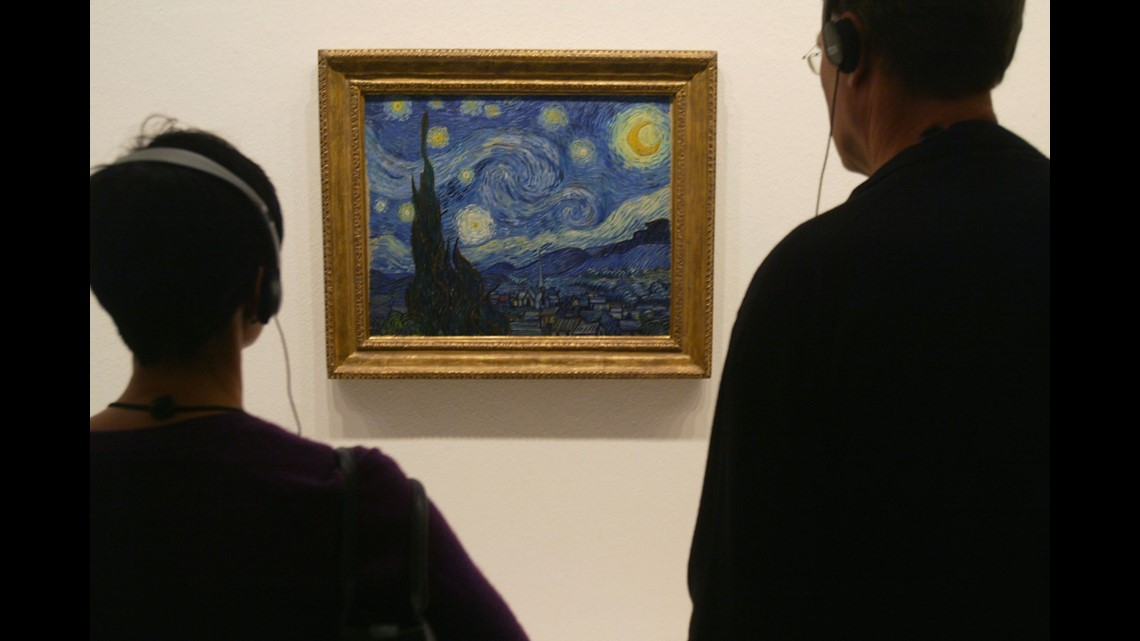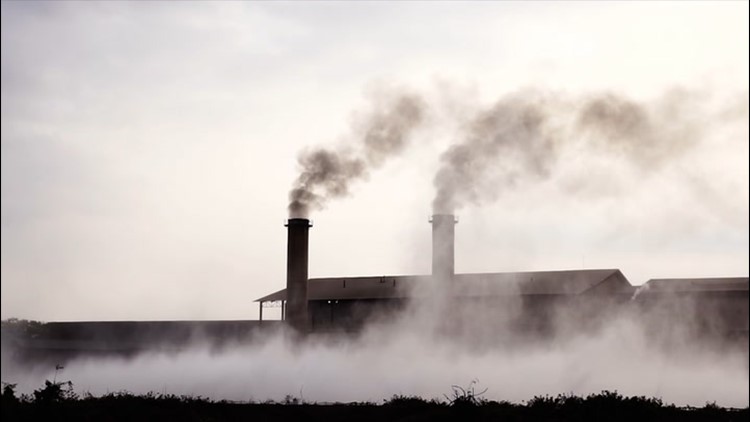SAN ANTONIO —
Pollution and your mental health
Researchers are finding that too much exposure to air pollutants and wild fire smoke could impact kids' mental health.
The study comes from the University of Colorado Boulder. They studied 10-thousand kids ages nine to 11 and found exposure to wildfire smoke and other extreme forms of dirty air boosts risk of mental illness.
“We found that a greater number of days with fine particulate air pollution levels above EPA standards was associated with increased symptoms of mental illness, both during the year of exposure and up to one year later,” said first author Harry Smolker, a research associate with CU’s Institute of Cognitive Science.
In 2016 researchers found that one-third were exposed to at least one day above the EPA standard. That's exposure to PM (particulate matter) 2.5 levels above 35 micrograms per cubic meter (35ug/m3) – the level the Environmental Protection Agency deems unsafe.
The study says one participant was exposed to unsafe levels for 173 days. The highest level of exposure reported was 199 micrograms/m3 – more than five times the level deemed safe.
“This suggests that PM2.5 exposure may have specific impacts on youth distinct from impacts on their parents,” Smolker said.
There are a lot of different factors that go into this study so if you would like to read more on this click here.


Hidden science in 'Starry Night'
There's science within Van Gough's 'The Starry Night.'
The brush strokes of yellows and blues inspired atmospheric scientists to wonder how closely it aligns with the physics of real skies.
AIP publishing reports researchers specializing in marine sciences and fluid dynamics in China and France analyzed van Gogh’s painting to uncover what they call the hidden turbulence in the painter’s depiction of the sky.
“The scale of the paint strokes played a crucial role,” author Yongxiang Huang said. “With a high-resolution digital picture, we were able to measure precisely the typical size of the brushstrokes and compare these to the scales expected from turbulence theories.”
They used the relative brightness, or luminance, of the varying paint colors as a stand-in for the kinetic energy of physical movement.
“It reveals a deep and intuitive understanding of natural phenomena,” Huang said. “Van Gogh’s precise representation of turbulence might be from studying the movement of clouds and the atmosphere or an innate sense of how to capture the dynamism of the sky.”


Lizards using bubbles to swim
Some 'Scuba-diving' lizards have been discovered by researchers at Bringhamton State University of New York.
They're a species of semi-aquatic lizard that produces a special bubble over its nostrils to breathe underwater and avoid predators, according to new research from Binghamton University, State University of New York.
The semi-aquatic lizard found in the tropical forests of southern Costa Rica is being researched by Lindsey Swerk, an assistant research professor of biological sciences at Binghamton University.
“Lizard skin is hydrophobic. Typically, that allows air to stick very tightly to the skin and permits this bubble to form. But when you cover the skin with an emollient, air no longer sticks to the skin surface, so the bubbles can’t form,” said Swerk.



